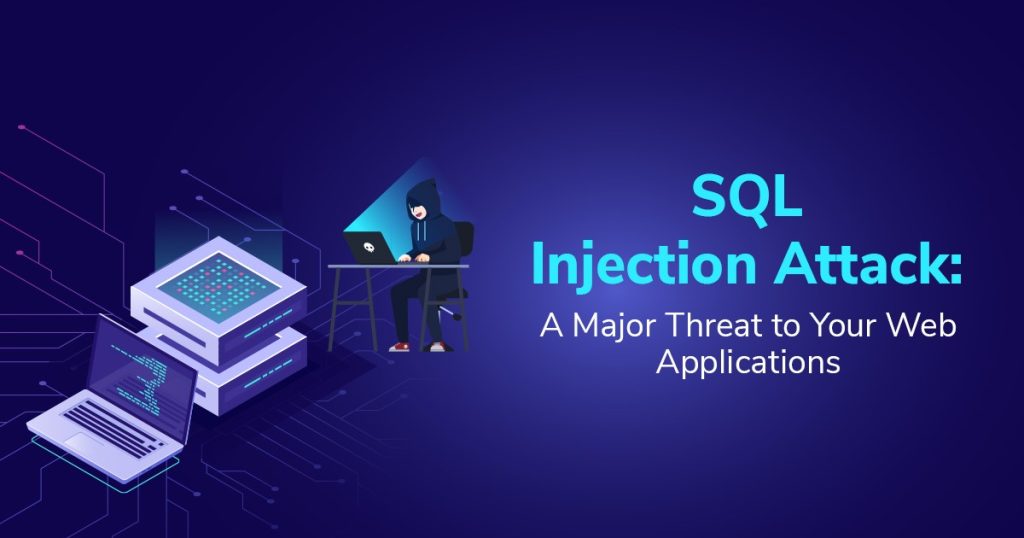In today’s interconnected digital world, where data is valuable, safeguarding information is paramount. SQL injection attacks are among the most prevalent and dangerous threats to data security. Understanding how does an SQL injection attack work is crucial for every organization to bolster its defense against malicious activities.

What is An SQL Injection Attack?
SQL injection attacks exploit vulnerabilities in web applications that interact with databases. By inserting malicious SQL code into input fields, attackers can manipulate the database to perform unauthorized actions, such as retrieving sensitive information, modifying data, or deleting entire databases.
How Does An SQL Injection Attack Work
The process of an SQL injection attack typically involves the following steps:
1. Identification of Vulnerable Entry Points: Attackers search for input fields on a website that is not properly validated or sanitized, allowing them to inject malicious SQL code.

2. Injecting Malicious Code: Once a vulnerable entry point is identified, attackers insert SQL commands into the input field to manipulate the database.
3. Executing the Attack: The injected SQL code is executed by the database, leading to the intended malicious actions.
How to Prevent SQL Injection Attacks
To prevent SQL injection attacks, web developers should implement the following best practices:
1. Input Validation and Sanitization: Validate and sanitize all user inputs to ensure they do not contain malicious code.

2. Use Parameterized Queries: Instead of concatenating SQL queries with user inputs, use parameterized queries to separate data from commands.
3. Implement Least Privilege: Restrict the database user’s permissions to only necessary operations to minimize the impact of a successful attack.
Conclusion
By understanding how SQL injection attacks work and taking proactive measures to secure web applications, organizations can mitigate the risks associated with these malicious activities and safeguard their valuable data assets. Remember, a proactive approach to security is always more effective than a reactive one.



